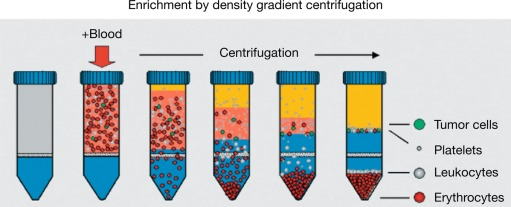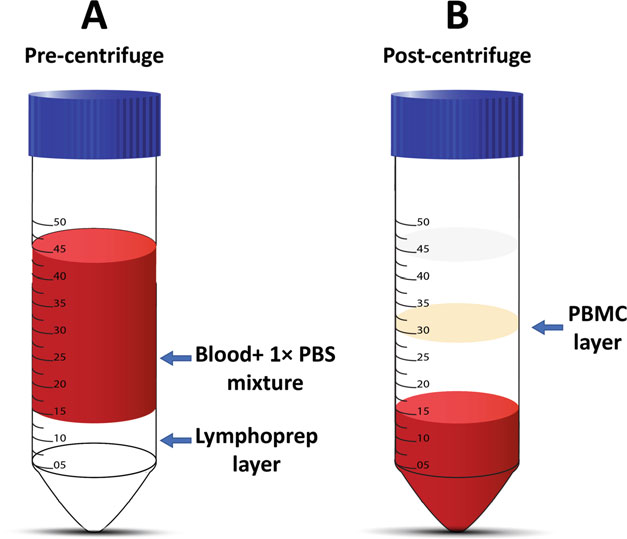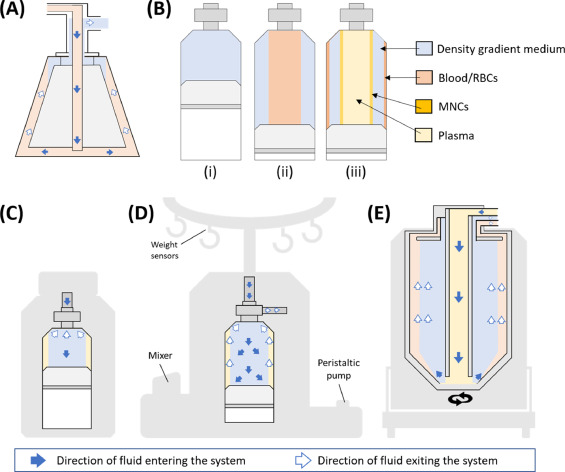Cell separation is a crucial process in many biological and medical fields, including research, diagnostics, and therapy. Over the years, techniques for separating cells have evolved significantly, leading to improved accuracy, efficiency, and versatility. This blog explores the historical development of cell separation techniques, from early centrifugation methods to modern innovations.
Early Techniques: Basic Centrifugation
The journey of cell separation began with simple centrifugation. Centrifugation utilizes the principle of sedimentation, where cells or particles in suspension are separated based on their size, shape, and density under the influence of centrifugal force. Early centrifuges were basic and manually operated, but they laid the foundation for more sophisticated methods.
Principle of Basic Centrifugation:
- Sedimentation Rate: Cells separate due to differences in sedimentation rates, determined by their size and density.
- Centrifugal Force: As the centrifuge spins, cells with higher density move outward faster than those with lower density.
Although effective for basic separations, early centrifugation methods had limitations in purity and specificity. These limitations prompted the development of more advanced techniques.
Introduction of Density Gradient Centrifugation
Density gradient centrifugation marked a significant advancement in cell separation technology. This technique involves creating a gradient of a dense medium, such as sucrose or Ficoll, in a centrifuge tube. Cells are layered on top of the gradient and then subjected to centrifugal force. They migrate to the point in the gradient where their density matches that of the surrounding medium.
Principle of Density Gradient Centrifugation:
- Gradient Formation: A continuous or stepwise gradient is created using solutions of varying densities.
- Cell Migration: Cells move through the gradient until they reach an equilibrium position where their density matches the gradient medium.
This method allows for more precise separation of cells based on subtle density differences. However, the preparation of gradients and the time-consuming nature of the process remained challenges.
Modern Innovations: Specialized Density Media
Modern innovations in cell separation have focused on developing specialized density media to improve efficiency, accuracy, and convenience. Products like Lymphoprep, OptiPrep, and Polymorphprep represent these advancements, each tailored for specific applications and cell types.
Lymphoprep: Lymphoprep is a density gradient medium specifically designed for the isolation of mononuclear cells from blood and bone marrow. Its optimized density ensures effective separation of lymphocytes and monocytes from other blood components.
- Applications: Used extensively in immunological research, clinical diagnostics, and transplantation studies.
- Advantages: High purity and yield of isolated cells, easy and reproducible protocol.
OptiPrep: OptiPrep is a versatile density gradient medium based on iodixanol. It is used for a wide range of cell and subcellular organelle separations, offering flexibility in gradient formation.
- Applications: Suitable for virus purification, organelle isolation, and cell separation in various research fields.
- Advantages: Low viscosity, non-toxic, and supports the formation of iso-osmotic gradients, preserving cell integrity.
Polymorphprep: Polymorphprep is specifically designed for the isolation of polymorphonuclear leukocytes (PMNs) from human blood. Its unique formulation ensures the efficient separation of neutrophils and eosinophils.
- Applications: Primarily used in studies involving inflammation, infection, and immunology.
- Advantages: High purity of isolated PMNs, minimal cell activation and damage during separation.
| (AXS-1114542) OptiPrep™ Density Gradient Media - 250mL | Click here to purchase |
| (AXS-1114544) Lymphoprep - 250ml | Click here to purchase |
| (AXS-1114683) Polymorphprep - 250mL | Click here to purchase |
| (AXS-1115758) Lymphoprep - 500ml | Click here to purchase |
The Role of Automation and Microfluidics
Recent advancements have also seen the integration of automation and microfluidics in cell separation technologies. Automated systems and microfluidic devices offer high throughput, precision, and reduced manual intervention.
Automated Cell Separation Systems: Automated systems utilize advanced algorithms and robotics to perform cell separation with minimal human intervention. These systems are particularly valuable in clinical settings where reproducibility and efficiency are critical.
- Applications: Used in clinical diagnostics, cell therapy manufacturing, and large-scale research studies.
- Advantages: Consistency, high throughput, and reduced risk of contamination.
Microfluidic Devices: Microfluidic devices employ micro-scale channels and chambers to manipulate and separate cells based on physical and biochemical properties. These devices offer precise control over cell separation processes.
- Applications: Single-cell analysis, rare cell isolation, and point-of-care diagnostics.
- Advantages: High precision, minimal sample volume, and integration with downstream analytical techniques.
The evolution of cell separation techniques from basic centrifugation to modern innovations has significantly impacted biological and medical research. Advances in specialized density media, automation, and microfluidics have enhanced the efficiency, accuracy, and versatility of cell separation processes. As technology continues to progress, we can expect even more sophisticated and user-friendly solutions to emerge, further advancing our understanding and application of cell biology.



